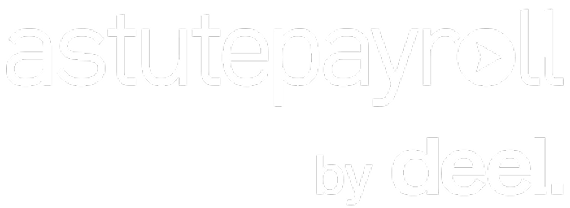What is Technical SEO?
Technical SEO is the foundation of a successful website optimisation strategy. While traditional SEO focuses on creating great content and building quality backlinks, technical SEO ensures that your website is structured in a way that search engines can easily crawl and index it.
So, What Exactly Does Technical SEO Involve?
Some of the most common aspects of a technical SEO strategy include:
- Site Speed: Users expect websites to load quickly. It’s a non-negotiable for a website, and if it takes too long to load, visitors are likely to click away. Not only are you missing out on valuable traffic, but search engines see this as a red flag, signalling that something is not right with your site. Optimising your site speed can involve compressing images, leveraging browser caching, and minimizing code.
- Mobile-Friendliness: With more people accessing the web via smartphones and tablets, having a mobile-friendly website is essential. This means your site should look and work well on all devices. Content must be readable, buttons visible and easy to use and more.
- Sitemaps: A sitemap acts as a roadmap for search engines, helping them understand your website’s structure and find all your important pages. Submitting a sitemap through Google Search Console makes it easier for search engines to crawl your site efficiently.
- Robots.txt File: This file tells search engines which pages on your site to crawl and which ones to ignore. A well structure robots.txt file is essential for managing how search engines interact with your content.
- Structured Data Markup: Also known as schema markup, this code helps search engines understand the context of your content. By providing additional information about your pages, structured data can enhance your visibility in search results with rich snippets.
- Fixing Crawl Errors: Regularly checking for and fixing crawl errors ensures that search engines can access all your important pages. An SEO audit and tools like Google Search Console can help you identify issues and take corrective action.
- Secure Sockets Layer (SSL): Implementing an SSL certificate on your website not only protects user data but also boosts your site’s credibility, for both users and search engines. If a website is labelled as “not secure” you are less likely to click through to your site, decreased traffic and potential loss of customers.










